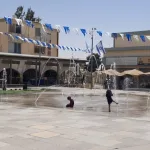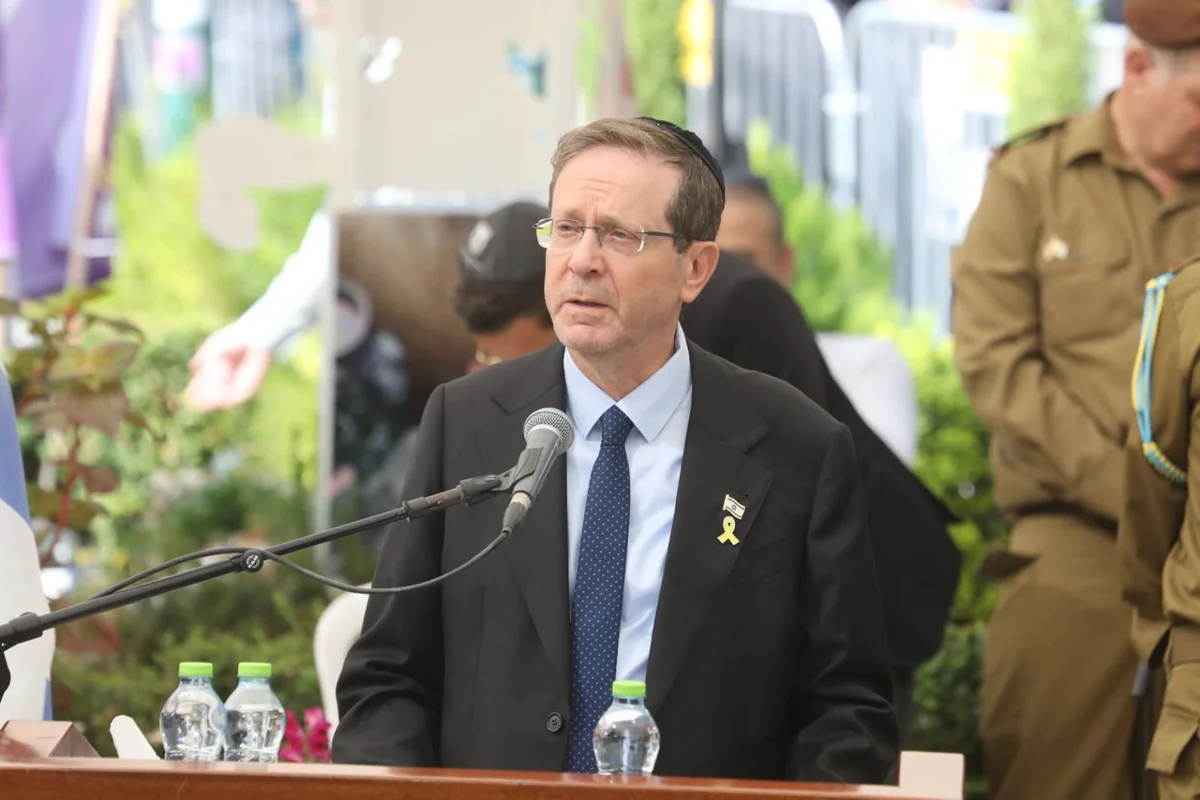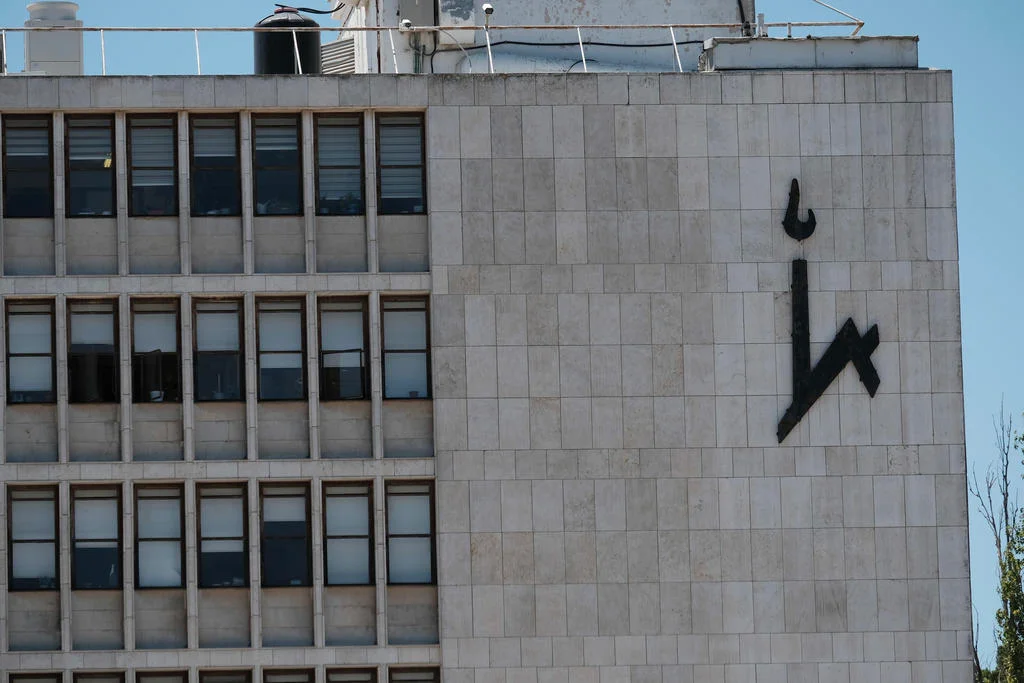Jerusalem, 2 September, 2025 (TPS-IL) — Archaeologists have determined through advanced carbon-14 testing that Jerusalem’s ancient Pool of Siloam was constructed nearly 2,800 years ago, around 800 BC, to help the city withstand a period of climate crisis marked by prolonged droughts and sudden floods.
The discovery, recently published in the peer-reviewed journal PNAS, comes from a joint study by the Weizmann Institute of Science, the Israel Antiquities Authority, and the City of David archaeological site. Researchers used microarchaeological techniques and carbon dating of organic material trapped in the mortar of the dam’s stones—such as uncharred straw and young branches—to pinpoint its construction between 805 and 795 BC.
“This exceptionally precise dating constitutes an extraordinary achievement in the study of ancient structures,” said Dr. Johanna Regev of the Weizmann Institute, who co-led the research with Prof. Elisabetta Boaretto. “It allows us to link the dam’s construction to specific historical rulers and climatic events.”
The study suggests that Jerusalem’s leaders, likely the Judean kings Joash or Amaziah, oversaw a monumental engineering effort to secure water supplies by fortifying the Gihon Spring—the city’s main source—and channeling its flow into the Pool of Siloam. The reservoir also stored rainwater, ensuring resilience against both scarcity and flooding.
“The findings indicate comprehensive urban planning for managing the water economy of ancient Jerusalem as early as the end of the 9th century BC—evidence of the city’s power and strength,” the research team said.
To complete the picture, scientists combined the dating results with climate records from the Dead Sea, Sorek Cave, and solar activity patterns. The data confirmed that the dam was built in direct response to severe environmental stress. Measuring at least 14.9 by 14.4 by 6.3 meters, the Siloam Dam is the largest and oldest of its kind uncovered in Israel.
The Pool of Siloam, located in Jerusalem’s City of David, holds major historical and religious significance. Originally a key part of the city’s water system, it was expanded during the reign of King Hezekiah.
“This study sheds light not only on Jerusalem’s resilience in antiquity but also on how societies have long responded to environmental crises,” said Dr. Nachshon Zenton of the Israel Antiquities Authority.





























